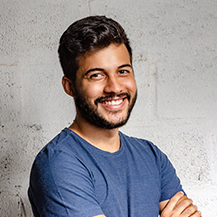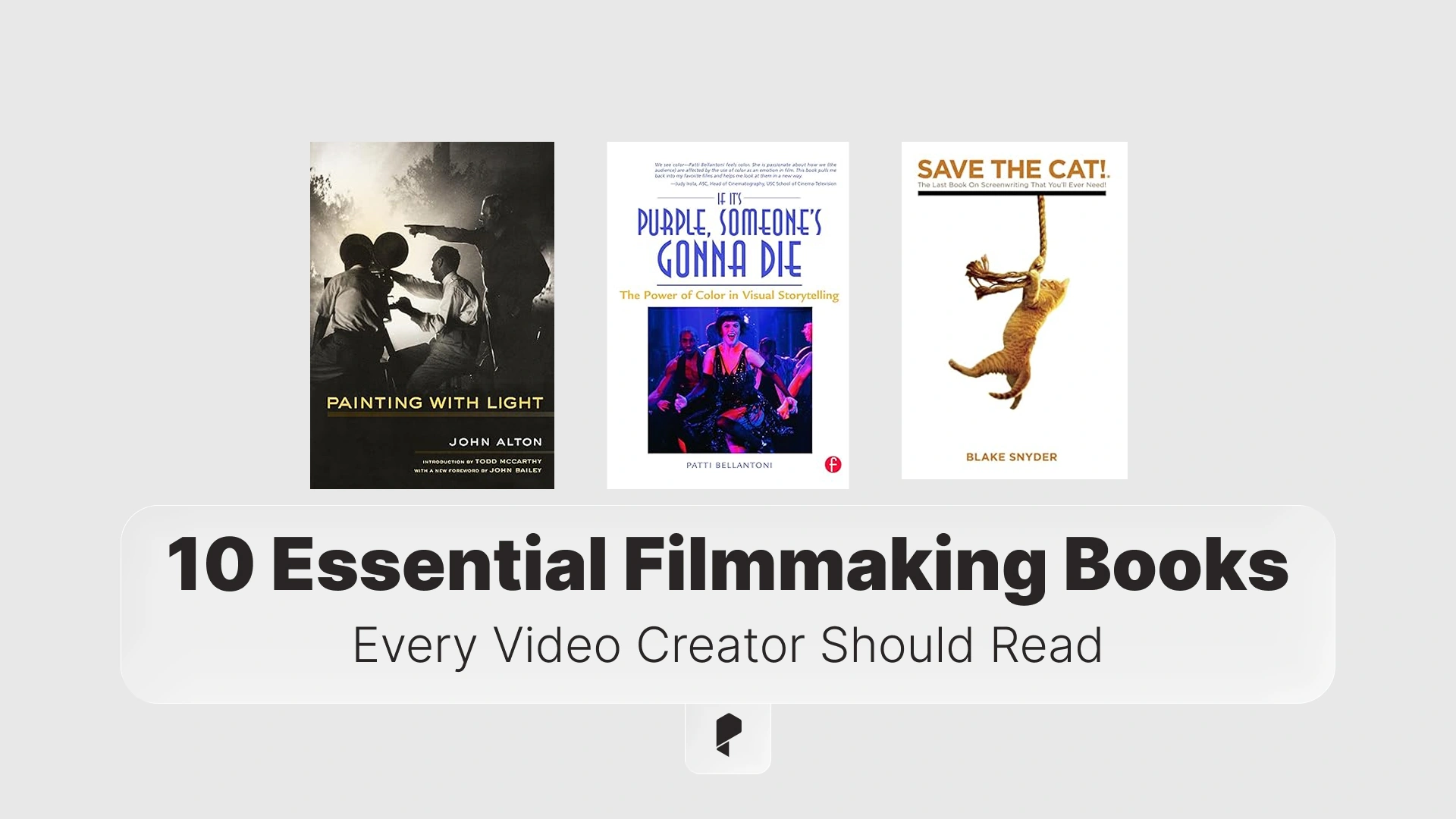Drawing Attention Successfully: How to Edit Videos like a Pro

With attention spans averaging just 8.25 seconds, short, punchy videos outperform longer formats. What makes a video scroll-stopping? Knowing how to edit videos. And thanks to AI, standing out is so much easier. From automated edits to content generation, AI frees you to focus on what matters: telling a great story.
Professional Video Templates
How can videos draw attention with success
Your topic resonates with your target audience, but how you present it matters just as much. Here are key traits of videos that stop the scroll:
- Strong Hook: You’ve got 3 to 5 seconds to grab their attention. A striking visual, clever movement, or bold opening line can stop them mid-scroll. If not, they’ll keep swiping.
- Clear Storytelling: Videos with a clear message that aligns with your brand are easier to remember and more likely to engage viewers. Clarity builds connection—and connection leads to clicks, saves, and shares.
- Conciseness: Short and direct wins. Long content loses viewers fast.
- Platform Fit: Knowing how to edit videos and use the correct format for the intended platform, like using vertical for Reels and horizontal for YouTube, is essential.
- High Quality: Crisp visuals and clean audio matter. Poor quality kills watch time.
- Purposeful Effects: Smart use of transitions, on-screen captions, and branded visuals not only boost watch time but also increase shares—especially when they’re short, snappy, and match the vibe of the platform.
How to use AI to enhance a video
It can analyze scene changes, color schemes, and pacing to suggest better transitions, generate optimized thumbnails and captions, and even handle quality control by trimming awkward pauses, flagging issues, and balancing audio levels.

AI benefits the video editing industry, particularly in speed and savings. AI-generated videos can cost as little as $5–$10 per minute, compared to $5,000–$20,000+ with traditional methods. Tasks that once took weeks and large teams can now be done in under an hour. In rotoscoping alone, AI has cut costs by over 90%.
In a labor-heavy field, efficiency is everything. Regarding how to edit videos with fewer errors, AI reduces mistakes by up to 35% and helps creators boost output by 30%. Unsurprisingly, 84% of marketers say AI video has increased sales, and 93% report positive ROI.
AI tools and trends that transformed video creation and editing
Text-to-video generation has become more advanced, allowing creators to produce realistic scenes and animations from simple prompts—something nearly unthinkable just a few years ago. Captions, voiceovers, and scene transitions can now be automated in minutes.
Sound design has also leapt forward. For instance, an AI sound effect generator can analyze visuals and generate matching audio—whether it’s ambient noise, footsteps, or cinematic scores. Some are so precise they fool human listeners more than 70% of the time. This kind of video-to-audio synthesis makes it easier than ever to sync tone, timing, and emotion—no large production team required.
AI also keeps your content on trend, analyzing viewer behavior, surfacing top topics and hashtags, recommending post times, and generating personalized intros, graphics, and CTA animations. This helps you master how to edit videos that truly convert.
How to incorporate the right video sound effects?

Here’s how to make edits with AI to polish your audio:
- Clone your voice for fast, natural voiceovers.
- Generate sound effects from scratch.
- Match audio to visuals using AI video-to-sound synthesis.
- Clean up audio by removing noise and awkward pauses.
- Balance volume levels automatically across clips.
- Create background scores tailored to mood and pacing.
- Auto-caption with synced voiceovers.
How to edit videos for the new era standards?
Platform matters too. Fifteen to 30 sec Reels excel on TikTok and Instagram, while YouTube viewers gravitate toward 7–10 minute shorts that offer more depth.
Interestingly, educational content tends to hold attention longer than entertainment—though short and sweet still wins. How-to videos under one minute enjoy an 82% average completion rate.
Audience matters, too. Gen Z and Millennials gravitate toward fast, punchy content under 60 seconds, while Gen X and Boomers prefer more substantial, longer formats.

- Strong narrative structure: Build a clear beginning, middle, and end to keep viewers hooked.
- Audience-first focus: Tailor content to their interests and pain points.
- Emotional storytelling: Story-based videos are around 22× more memorable, and personalized content lifts retention by 35%.
- Smart effects: Here are some of the most popular video editing styles you should consider:
- Fast-paced cuts, cinematic transitions, and match cuts.
- Text overlays, motion tracking, and animated captions synced to video rhythm.
- Incorporating AR/VR elements, 8K workflows, and interactive or shoppable videos.
How can I get better at video editing?
The future of video editing is already taking shape: a powerful combination of human creativity and AI assistance. So if you’re looking to level up, learn how to edit videos with modern tools. Getting comfortable with AI (automated cuts, sound design, and smart effects) will keep you ahead of the curve.
Conclusion
Disclaimer : If you buy something through our links, we may earn an affiliate commission or have a sponsored relationship with the brand, at no cost to you. We recommend only products we genuinely like. Thank you so much.








